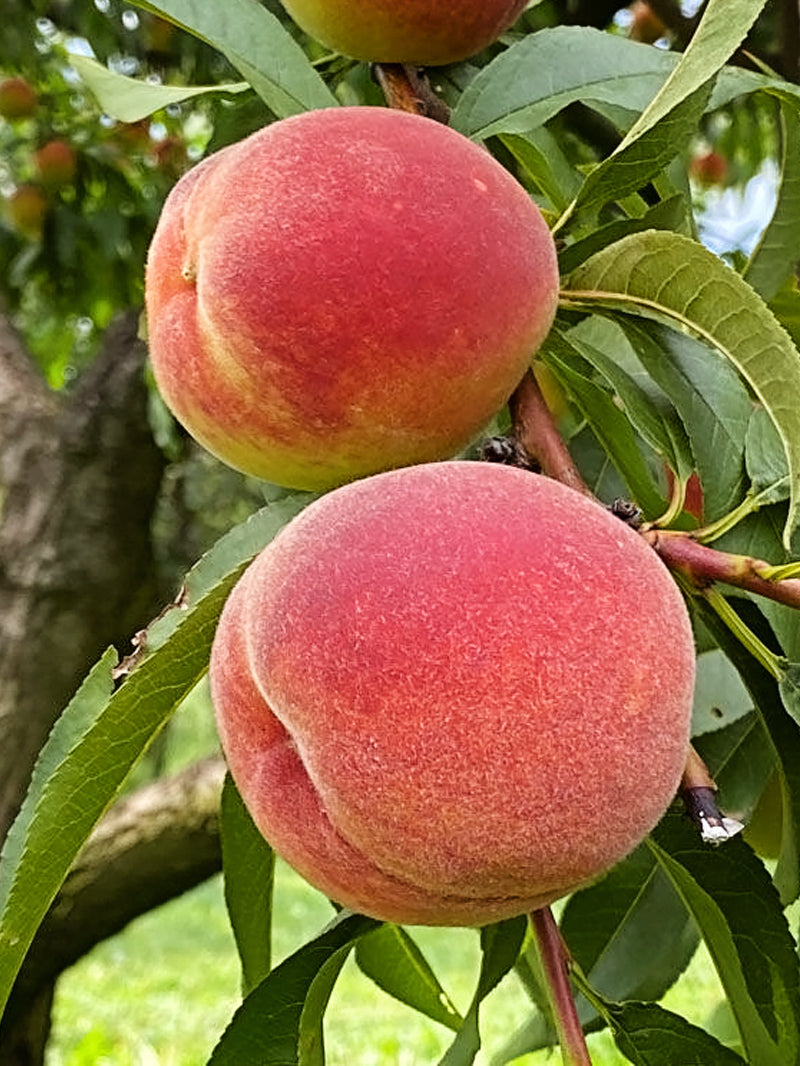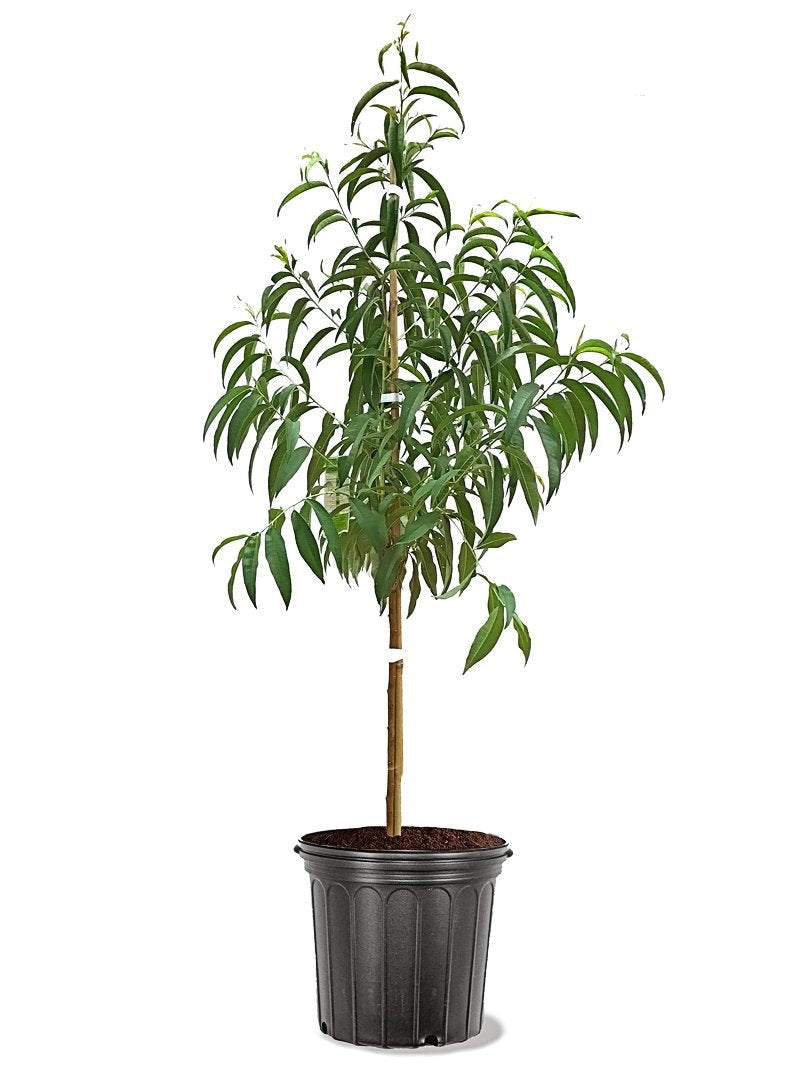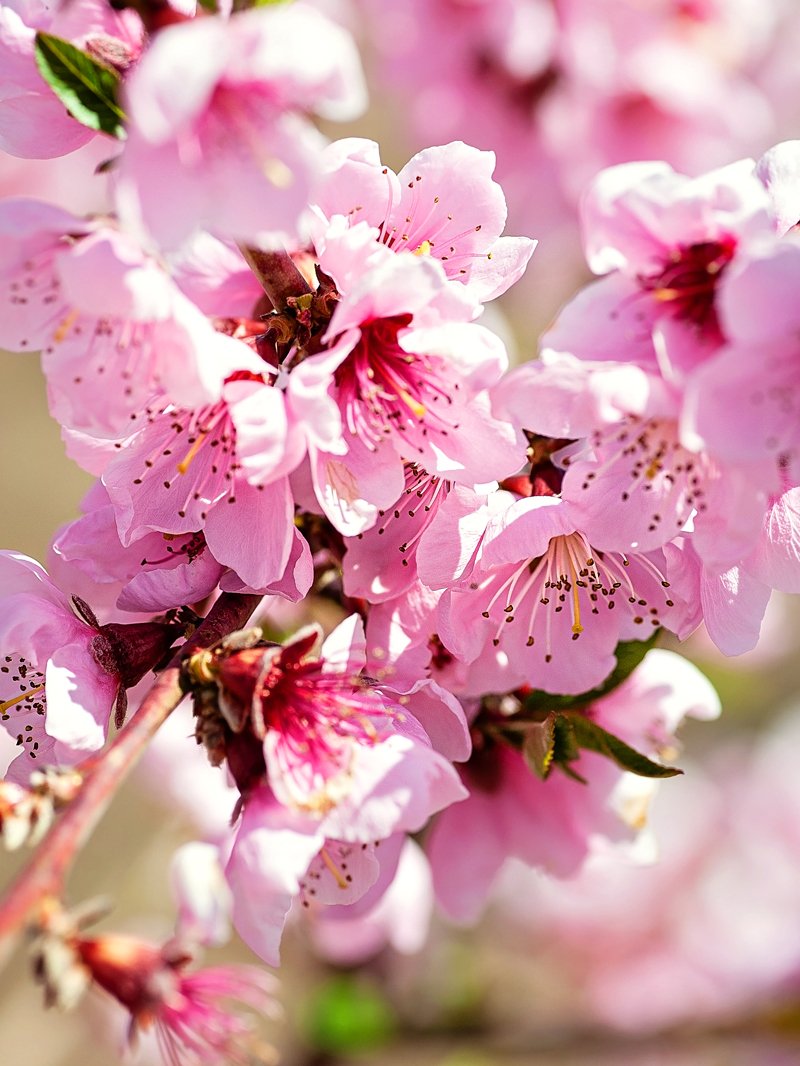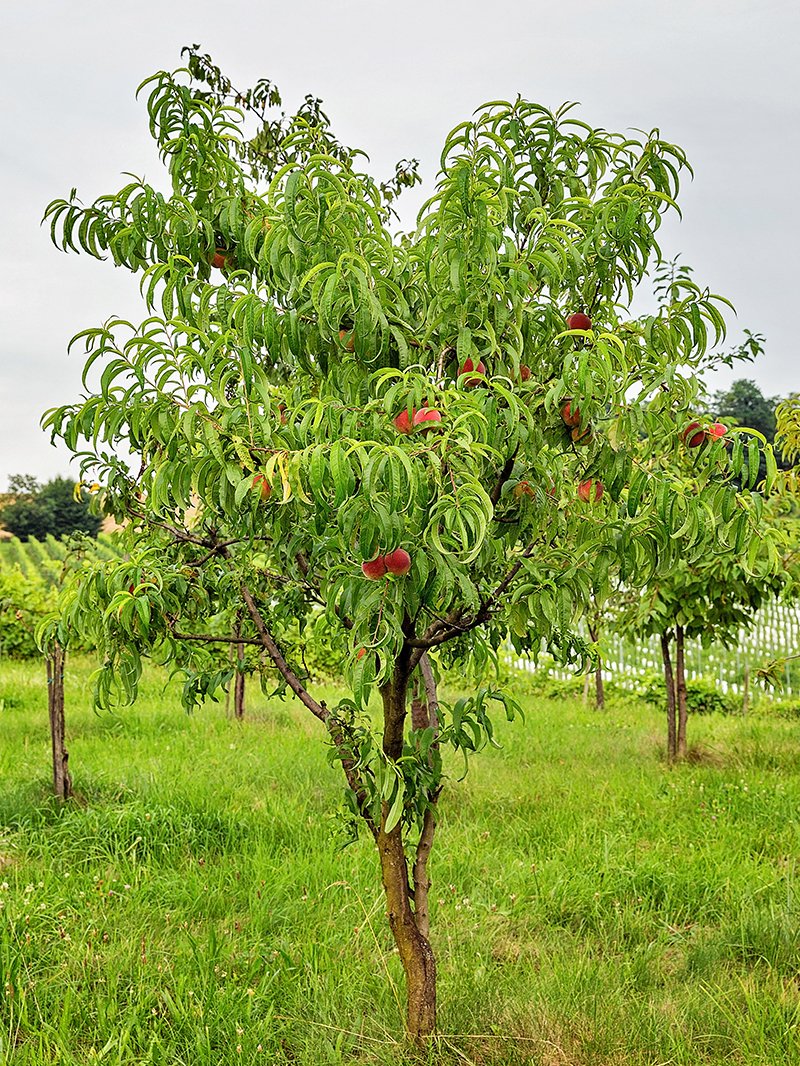Plant Quick Guide
Growing Zones:
Mature Height:
Mature Width:
Sunlight:
Spacing:
Chill Hours:
Growth Rate:
Flower Color:
Harvest Time:
Years to Bear:
Pollinator:
Does Not Ship To:
Peach Trees - Intrepid
USDA Hardiness Zones: 4-8.
Description
The perfect cobbler peach. The sweet, yellow-fleshed fruit from this tree is a great choice for baking as well as fresh-eating, canning, and freezing. An outstanding cold-climate peach, Intrepid blooms late so that it avoids most frosts. Additionally, it's flower buds will survive freezing temperatures even at full or half bloom. The tree is cold hardy to -20° F, and it is highly resistant to bacterial leaf spot. Growers should note the long chill hour requirement. Intrepid was developed at the Sandhills Research Station in NC. It was crossed in 1987 and selected in 1990. Intrepid is red-skinned and is considered an improved variety of Reliance. It's texture of the flesh and flavor is improved and has an average fruit size in good conditions of about 2.5 inches. This peach is fully freestone and it makes a great canner. Ripens in July. Self-pollinating.
USDA ZONES: Zone 4, Zone 5, Zone 6, Zone 7, Zone 8
More Information: Peach Growing Guide
Shipping

At Plant Me Green we handle, package and ship the products you order with the utmost care. We ship your plants using FedEx Ground® the following business day after you have completed checkout.
We are now offering $15 flat rate shipping for all tree orders! Replacement tree shipping cost will be $15 per box. We still cannot ship to some states and US territories based off the Agricultural Laws that may be in place. Please see below for all exclusions.
If you have any questions concerning transit time for your order, please feel free to contact us at info@plantmegreen.com or toll free 855-817-5268.
Trees: Due to strict Agricultural Laws in place, we currently cannot ship to the following states: Alaska, Arizona, California, Hawaii. We cannot ship to Puerto Rico or international.
How to Plant

STEP 2) Once you've located the perfect spot, the hole you are digging must be at least double the width and as deep as the root system you are planting.
STEP 3) Remove the plant from the pot and place the root ball in the hole. The top of the root system should be level with the ground. Before placing the tree or shrub in the hole, use your hands to gently break up the root system.
STEP 4) Once the plant is in place, backfill the hole with native soil and any leftover potting material.
STEP 5) Pack down the soil to eliminate any air pockets.
STEP 6) When finished, water thoroughly.
Care Guide










